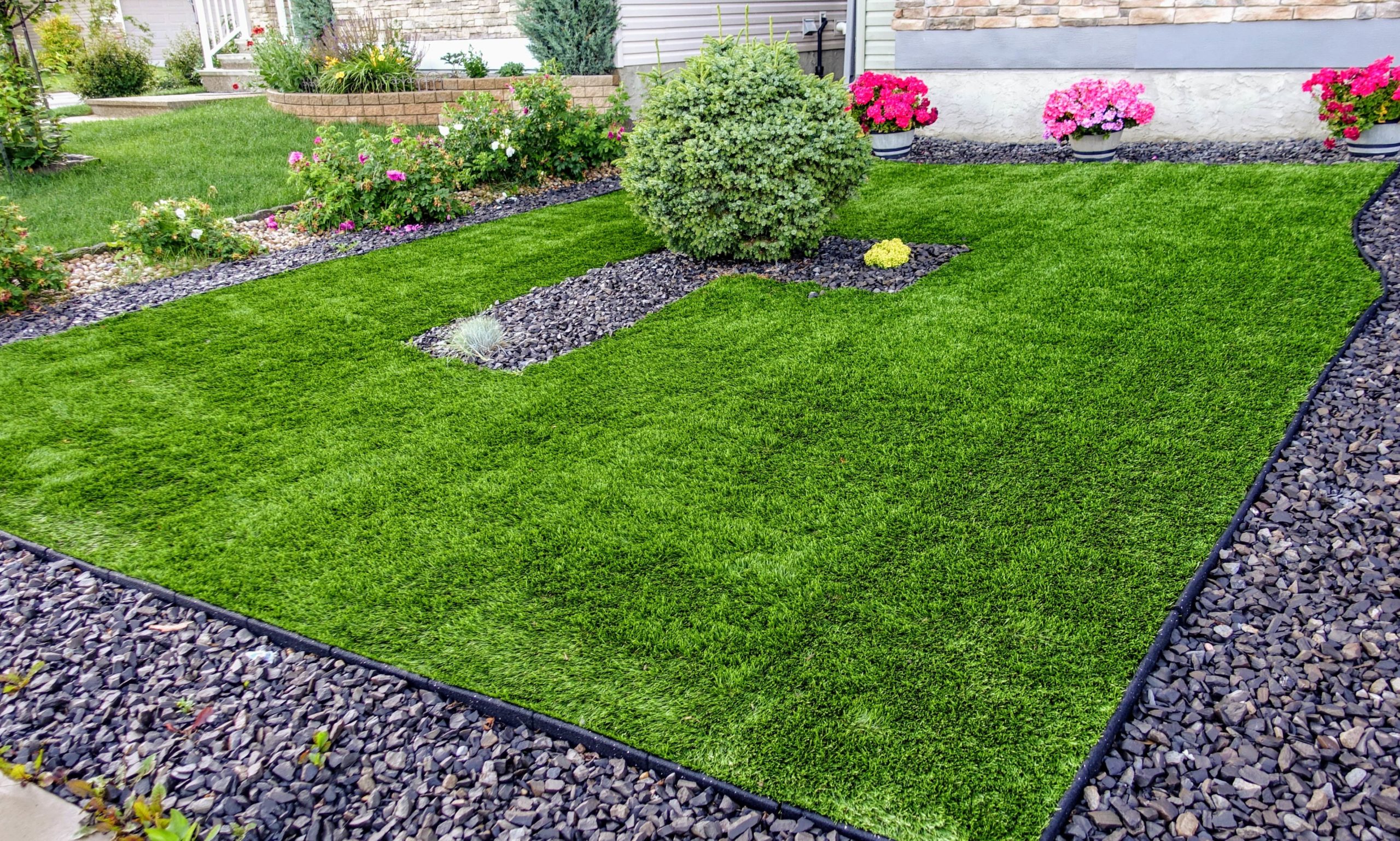With the increasing demand for low-maintenance gardening methods is on the rise, an increasing number of homeowners have found the advantages of fake grass. Synthetic grass is rapidly becoming the popular choice for those looking to achieve a lush, green lawn without the hassles related to natural grass. Be it the pursuit of a ideal lawn year-round or the desire to cut costs and maintenance, fake grass might just be the most sensible decision for your yard.
With artificial grass, you can say goodbye to mowing, irrigation, and endless weeding. This eco-friendly option not only does it enhances curb appeal but also provides a resilient solution for heavily used areas and homes with dogs or young ones. As the trend toward synthetic turf grows, it's clear that more people are finding comfort in knowing that they can attain a beautiful lawn without the ongoing work and costs of traditional grass. If you’re sick of muddy patches, spotty growth, and constant upkeep, it’s time to look into why fake grass might be the perfect fit for you.

Top Benefits of Artificial Turf
One of the most significant benefits of synthetic turf is its easy-care appeal. Homeowners can forget about mowing, irrigating, or fertilizing their lawns. This not only reduces effort but also removes the hassle that comes with normal lawn care. With artificial grass, you can enjoy a green lawn without the ongoing upkeep, making it an excellent solution for those with hectic lifestyles.
Artificial grass is also an eco-friendly choice. It requires little to no water, which is particularly helpful in areas prone to drought. By choosing synthetic turf, homeowners contribute to the preservation of water while avoiding the need for harmful fertilizers and pest control products. This not only helps the ecosystem but also creates a safe space for kids and pets to enjoy without exposure to dangerous materials.
Additionally, synthetic turf is incredibly long-lasting and can withstand different weather conditions. Whether it's intense heat, persistent rain, or frigid temperatures, synthetic turf holds up exceptionally well, maintaining its look and functionality year-round. This resilience makes it especially appealing for frequent-use areas and for parents looking for a dependable solution that doesn’t require regular upgrades.
Cost-Effectiveness of Synthetic Grass
The initial investment in artificial turf might look overwhelming, but the extended cost reductions can considerably outweigh those upfront costs. Homeowners often find that after setup, their upkeep expenses decrease dramatically. In contrast to natural grass that requires regular watering, fertilization, and mowing, synthetic turf needs minimal upkeep. This translates into decreased water bills, less spending on lawn care products, and cutbacks on equipment like lawnmowers and trimmers. Overall, the cost efficiency of artificial grass makes it an inviting option for lots of homeowners.
Additionally, artificial turf is incredibly durable and can last up to 15 years or more with adequate care. This longevity means that the upfront cost of placement is spread over multiple years, making it a smart investment. Homeowners can prevent the ongoing costs associated with reseeding, sod, and various natural lawn upkeep that can rapidly add up over time. The long lifespan of synthetic grass allows for improved financial planning and reduced worry about unexpected lawn expenses.
Furthermore, for families who enjoy outdoor spaces and activities, artificial turf provides an excellent return on investment. With not need for harmful chemicals, homeowners can enjoy a safe play area for children and pets. The decreased risk of allergies and skin irritations, combined with the lower need for regular maintenance, adds even greater value. When assessing the complete offering—time efficiency and the peace of mind that comes with a green, healthy lawn year-round—the cost-effectiveness of artificial turf becomes even more apparent.
Sustainable Factors of Artificial Lawns
One of the most significant eco-friendly aspects of fake grass is the substantial diminution in water consumption. Traditional lawns require constant irrigation, especially in arid seasons, leading to major water consumption. In contrast, synthetic turf requires minimal watering, which not only conserves water resources but also helps alleviate the strain on municipal water systems. our website is particularly relevant in locations facing drought conditions, where water conservation is critical.
Additionally, artificial grass eliminates the need for harmful fertilizers and pesticides that are often used on natural grass. These substances can leach into the soil and groundwater, presenting risks to the environment and local ecosystems. With fake grass, homeowners can create beautiful, green landscapes without the adverse environmental impacts linked to conventional lawn care. fake grass installation companies near me contributes to better surroundings for both humans and wildlife.
Ultimately, synthetic lawns contribute to reduced carbon emissions. Maintaining a natural grass lawn typically involves mowing, which often requires gas-powered equipment that releases pollutants into the air. By choosing artificial turf, homeowners can say goodbye to mowing, also decreasing their carbon footprint. As a result, fake grass emerges not only as a pragmatic choice but also as a step towards a more sustainable and eco-friendly lifestyle.
